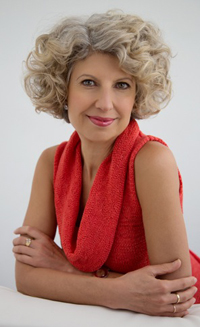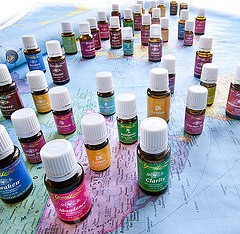Why Pure, Natural Essential Oils?
Essential oils are some of the oldest and most powerful therapeutic agents known. More potent than dried herbs, and without the negative side effects of prescription drugs, essential oils are a gift from the plant kingdom. Not only are they ‘generally regarded as safe’ (GRAS), even for use with children – they are also enjoyable to use.
Research shows that fragrance and essential oils can exert strong effects on the brain and offer incredible potential to enhance health, concentration, learning, and create more coherence in all areas of your life. However, it’s important to understand that most of the essential oils sold in the shops are adulterated, engineered, or ‘extended’ with the use of synthetic chemicals, and that much of the research on essential oils that is currently available was done using these impure oils.
What are Essential Oils?
True essential oils are distilled from shrubs, flowers, trees, roots, bushes and seeds. The chemistry of these aromatic volatile liquids is extremely complex – each oil consists of hundreds of different and unique chemical compounds. There is a great deal to know about creating a therapeutic-grade essential oil:
- the plant from which the oil is extracted must be grown from quality seed of the correct species and genus – no hybrids
- seeds need to be germinated and grown under the correct conditions eg. the right nutrients and soil pH, with no artificial fertilizers, no pesticides, herbicides or other agri-chemicals
- plants must be harvested at the right stage of growth and the right time of day and processed as quickly as possible under the correct conditions
- therapeutic-grade oils should be distilled using low temperature and low pressure. Processing must be in stainless steel distillation vats, as chemically reactive metals (eg. copper and aluminium) destroy certain compounds.
There can be no compromise when it comes to therapeutic use – adulterated oils create a toxic build-up in the body – even when used in small quantities in personal care products. The problem is… how can you tell if an essential oil is pure and has been processed correctly? Any oil can be called ‘essential’ or ‘pure’ even if it contains just five percent essential oil. No laws exist to prevent this and there is no agency responsible for certifying that an essential oil sold as therapeutic-grade is natural and free from synthetics. In Europe, a set of standards has been established that outlines the chemical profile and principal constituents that a quality essential oil should have. This AFNOR / ISO standard is the very minimum standard for a quality therapeutic-grade oil*.
How to Use Essential Oils
There are three models for using essential oils and optimal results can be obtained by integrating all three. The English model advocates using essential oils in a vegetable oil base to massage the body for relaxation. The French model prescribes the ingestion and neat undiluted topical application of therapeutic-grade essential oil, and the German model focuses on the inhalation of essential oils.
In relation to learning and concentration, for example, Dr Terry Friedman (USA) has seen remarkable results with children who were labelled ADD / ADHD through having them smell the oils just once a day for 30 days. He experimented with vetiver, lavender, and cedarwood.
Additional oils that may provide a benefit in terms of concentration and clarity include peppermint, sandalwood, cardamom, and ledum. Lemon oil is also useful for clearing confusion. Peppermint and rosemary have been used for many years to improve mental activity and vitality. Dr William N. Dember (University of Cincinnati) found that inhaling peppermint oil increased mental accuracy of the students tested by 28 per cent.
The US Journal of Sport and Exercise Psychology says that if you sprinkle peppermint oil onto a handkerchief and sniff it before setting out for a run, it will boost stamina and help you pick up the pace.
This information and much more, may be found in the Essential Oils Integrative Medical Guide by D. Gary Young ND, one of the most accurate and comprehensive reference books available on essential oils. You can do your own research and make up personalised blends, or obtain pre-mixed blends.
* AFNOR stands for Association French Normalisation Organisation Regulation, and ISO stands for International Standards Organisation.
Click here to find out how to obtain 100% pure, natural essential oils and more…


